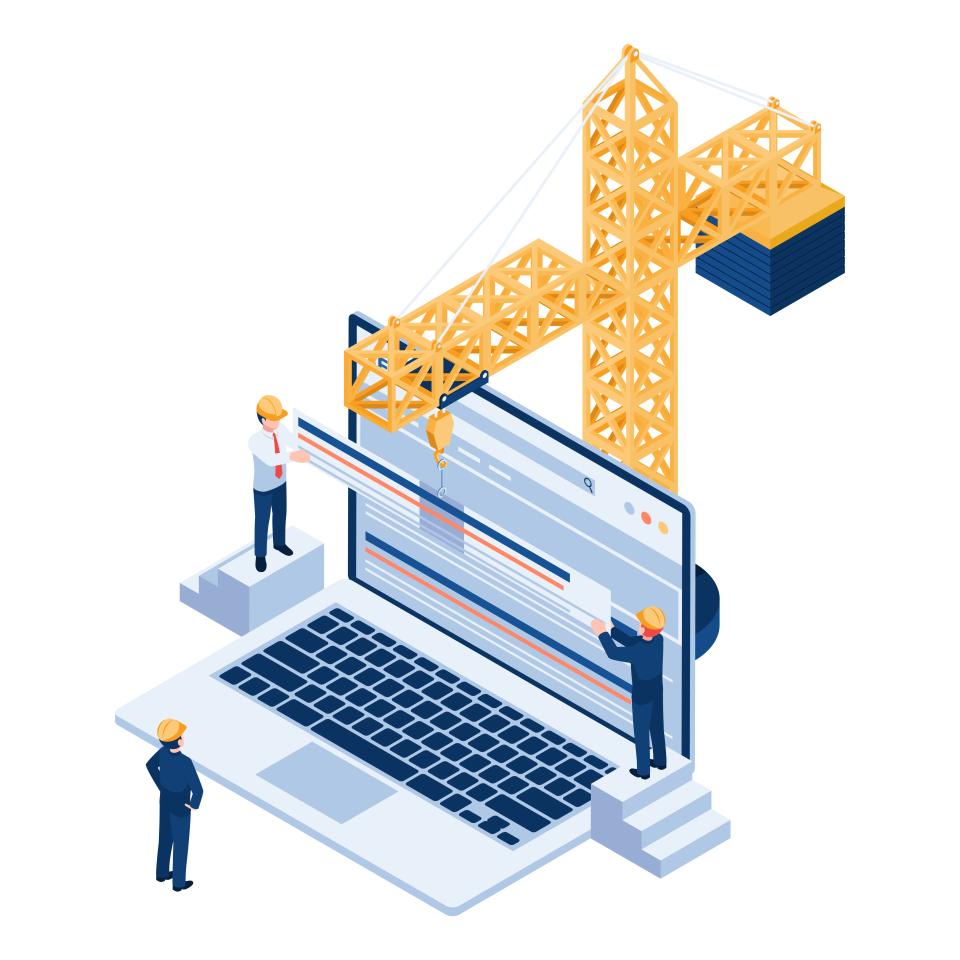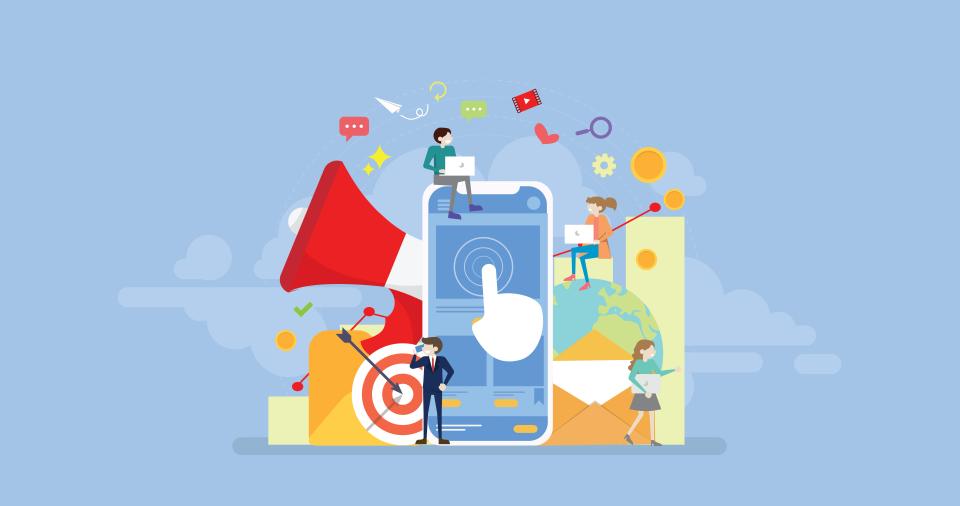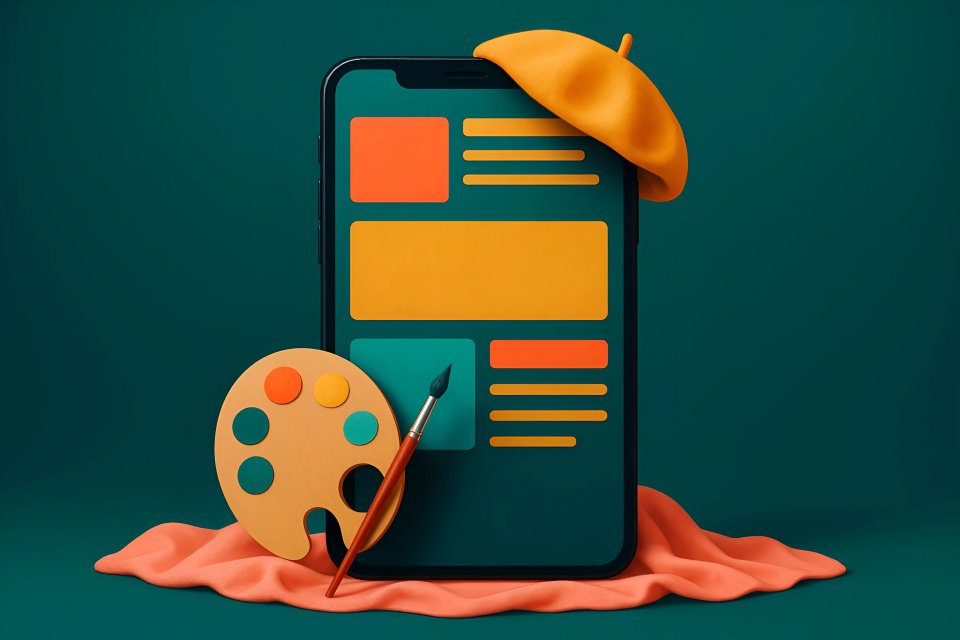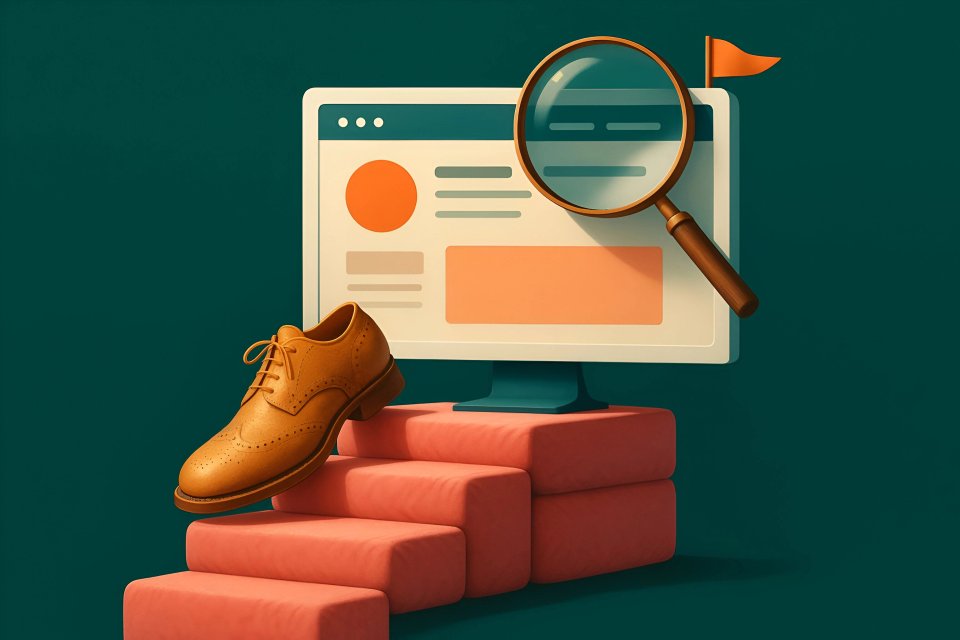Are you tired of fighting for every sale? In a market where every click counts, a tiny 1% lift in conversions can mean thousands—or even millions—in new revenue. You know this. You live this every single day.
You’ve done the A/B tests. You’ve changed the button from green to orange. You’ve tweaked the headline copy until your eyes blurred. But the needle barely moves, and you’re left wondering if this is all there is—a game of inches with diminishing returns.
Forget the basics. This article is your blueprint for moving beyond them. We’re about to reveal the advanced, innovative A/B testing techniques for e-commerce conversion that tap into user psychology, the entire customer journey, and radical personalization to unlock explosive growth. With over 15 years of experience building high-converting digital experiences, we at CaptivateClick have seen what truly works.
Beyond the Basics: Why Standard Split Testing Strategies Aren't Enough
Let’s be honest. You already know about the common split tests. You’ve swapped your Call-to-Action (CTA) text from “Buy Now” to “Add to Cart.” You’ve tested a dozen different hero images.
These tests aren’t useless, but they are limited. They often lead to what we call a “local maxima”—the highest peak on a very small hill. You might find the best possible color for your button, but you haven't fundamentally improved the user's desire to click it.
To achieve breakthrough results, you must stop tinkering and start transforming. You need to test bigger, bolder ideas rooted in a deep understanding of user behavior analysis. According to research highlighted by CXL, poor testing methodologies cost online retailers an estimated $13 billion in lost revenue each year, often because they focus on the wrong things.
5 Innovative A/B Testing Techniques to Drive E-commerce Growth
1. Sequential & Funnel A/B Testing
What if you could test an entire story, not just a single word? That’s the power of sequential testing. Instead of optimizing one page in isolation, this technique tests a consistent series of changes across the entire user journey.
Imagine this for an online store selling premium luggage. The control is your standard flow: product page, cart, checkout. The variation, however, tells a story of durability. The product page emphasizes a "Lifetime Warranty," the cart page reiterates this promise with a trust badge, and the checkout page shows a customer quote about the bag surviving a rugged adventure.
This is a game-changer because it tests a cohesive narrative that builds trust and desire at every step. It addresses the user’s core need for security and a smart investment. In one controlled experiment, this type of funnel-consistent intervention generated a 13.07% increase in revenue per session, proving that a unified experience has a much larger impact than an isolated change.
2. A/B Testing with Personalization
Your customers aren't all the same. Why are you showing them the same website? A/B testing with personalization uses data—like location, past purchases, or browsing history—to test different versions of a page tailored to specific people.
Think about your homepage. The control is a generic banner for everyone. But with personalization, you can test Variation A for a new visitor, offering a 10% "Welcome" discount to create an immediate sense of value and belonging. For Variation B, a loyal returning customer sees a banner showcasing "New Arrivals" based on the exact category they browsed last time.
This moves you from a one-size-fits-all megaphone to a one-on-one conversation. It’s innovative because it makes the experience intensely relevant, tapping into the human desire for recognition and understanding. This isn't just theory; a well-executed personalization strategy can increase conversions by a staggering 22% by showing the right message to the right person at the perfect moment.
3. Psychological Pricing & Offer Framing Tests
Are you just testing prices? You’re leaving money on the table. This technique tests how your price is presented to influence the customer's perception of its value, often without changing the price at all.
Consider the "decoy effect." Your control offers a Small Coffee for $3 and a Large Coffee for $5. Your variation adds a decoy: Small Coffee for $3, Medium Coffee for $4.50, and Large Coffee for $5. Suddenly, the Large Coffee looks like an incredible deal, and sales for it skyrocket.
This is just the beginning. You can test charm pricing ($19.99 vs. $20), bundle offers that increase perceived value, or framing a high-ticket item as "less than $2 a day." It’s a powerful innovation because it taps directly into cognitive biases to increase Average Order Value (AOV). A Harvard Business Review analysis of over 1,000 pricing tests found that framing a price by its daily cost boosted luxury goods conversions by 14%.
4. Trust Signal & Social Proof A/B Testing
A "secure checkout" badge is table stakes. It’s expected. To truly build the confidence needed for a purchase, you must test the type, placement, and prominence of different trust signals to see what your audience craves.
Instead of a simple text testimonial, what if you tested it against other forms of social proof? Variation A could be a powerful video testimonial from that same customer. Variation B could be a live feed of user-generated photos from Instagram. Variation C could be a simple but authoritative "As seen in Forbes" logo.
This approach is innovative because it helps you discover which form of proof resonates most deeply with your specific audience's desire for safety and social approval. It’s not about having proof; it’s about having the right proof. For example, tests show that using authentic customer photos can outperform professional stock imagery by 17%, proving that raw authenticity often builds more trust than polished perfection.
5. Multivariate Testing (MVT) on Key Pages
When you’re ready to graduate from simple A/B tests, you move to Multivariate Testing (MVT). Think of it as A/B testing on steroids. It allows you to test multiple combinations of elements on a single page—like the headline, hero image, and CTA button—all at the same time.
This is best used on your highest-traffic pages, like your homepage or a key product category page. For example, you could simultaneously test 2 headlines, 2 hero images, and 3 different CTA button texts. MVT software would then create all 12 possible combinations and find the single highest-performing version.
It’s a more efficient way to optimize multiple critical elements and, more importantly, understand how they interact with each other. You might discover that a specific headline only works with a specific image. According to CXL, a test of this complexity could require upwards of 32,000 visitors per week to reach statistical significance, but the compound improvements are worth the effort.
The Strategic Framework: How to Design Tests That Win
Step 1: Start with Data, Not Guesses (Hypothesis Validation)
The most powerful test ideas don’t come from brainstorming sessions. They come from watching your users. The best split testing strategies are born from deep user behavior analysis.
Use tools like heatmaps to see where users are looking and session recordings to watch their journey unfold. Look at your Google Analytics to find which pages have the highest exit rates. This is where your customers are getting frustrated, confused, or losing interest.
This data-first approach ensures you’re solving real problems. Skincare brand Clear Within used heatmaps to discover that 73% of mobile users were missing their key benefit statements. A simple redesign based on this insight increased their mobile conversions by 31%.
Step 2: Prioritize Your Tests
You can’t test everything at once. You need a system to decide what to test first. The PIE framework is a simple but powerful way to prioritize your ideas.
It scores each test idea on three factors: Potential (how much of an improvement do you expect?), Importance (how valuable is the traffic to this page?), and Ease (how difficult is it to implement the test?). By focusing on tests with the highest PIE score, you ensure your resources are always aimed at the biggest opportunities. This is a core principle of expert conversion optimization for e-commerce websites.
Step 3: Analyze Beyond the Conversion Rate
Did the test win or lose? The answer isn't always a simple "yes" or "no." A winning test must be analyzed through the lens of your ultimate business goals, not just a single metric.
Look at secondary metrics. Did the conversion rate dip slightly, but the Average Order Value (AOV) shoot up? That’s a huge win. Did the bounce rate plummet, meaning more users are engaging with your brand? That’s also a win.
A European fashion retailer ran a test that technically lowered conversions by 1.2%. But a deeper look revealed it had increased AOV by 14% and mobile revenue by 22%—a massive net positive that a surface-level analysis would have missed.
Putting Theory into Practice: Lessons from the Field
These aren't just abstract theories; they are battle-tested strategies we use to drive real results.
For an outdoor apparel brand, we wouldn't just test button colors. We'd run a sequential test that tells a story of rugged reliability. We would emphasize durability and weather-resistance from the ad creative, through the landing page, and all the way to the checkout confirmation, measuring its impact on high-value cart conversions.
For a B2B service website, a standard A/B test on a "Contact Us" button is child's play. An innovative test would personalize the hero section based on the visitor's industry, detected in real-time. This allows us to speak directly to their pain points and see if that targeted messaging dramatically boosts the quality of incoming leads.
Conclusion: Test Smarter, Not Harder
The future of e-commerce A/B testing is here. It is strategic, it is psychological, and it is deeply personal. The brands that win tomorrow will be the ones that move away from isolated tweaks and embrace bold experiments that test the entire user experience.
Stop chasing tiny, incremental gains. Start building a testing culture that drives sustainable, long-term growth. Continuous, innovative testing isn't just a task on your to-do list; it is the engine of your success.













